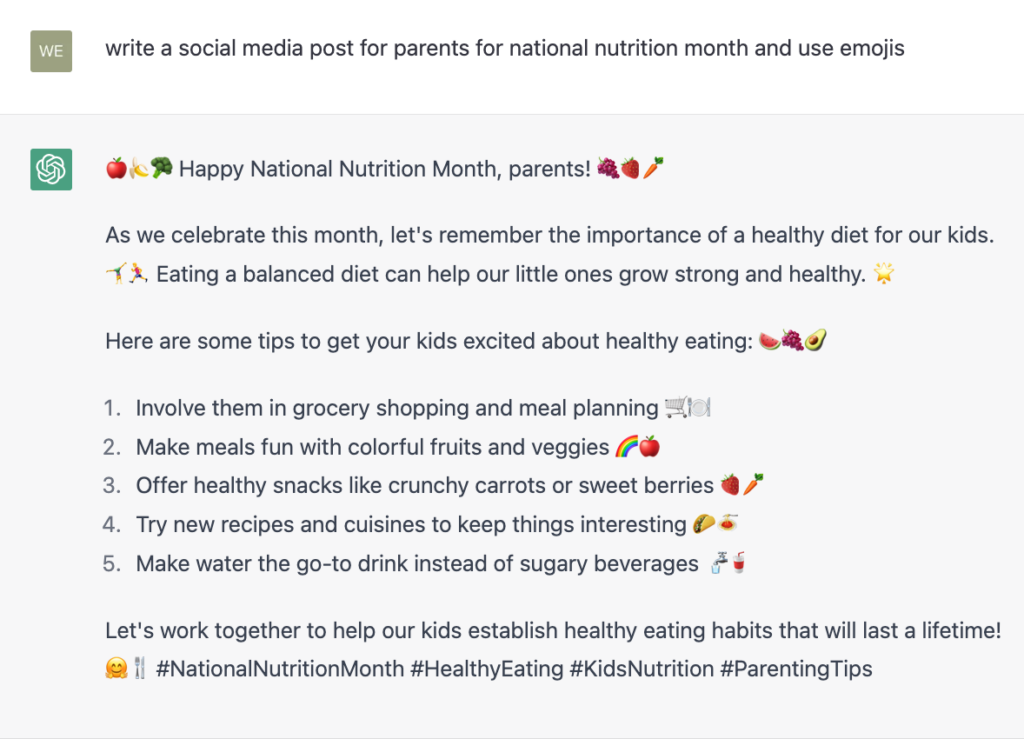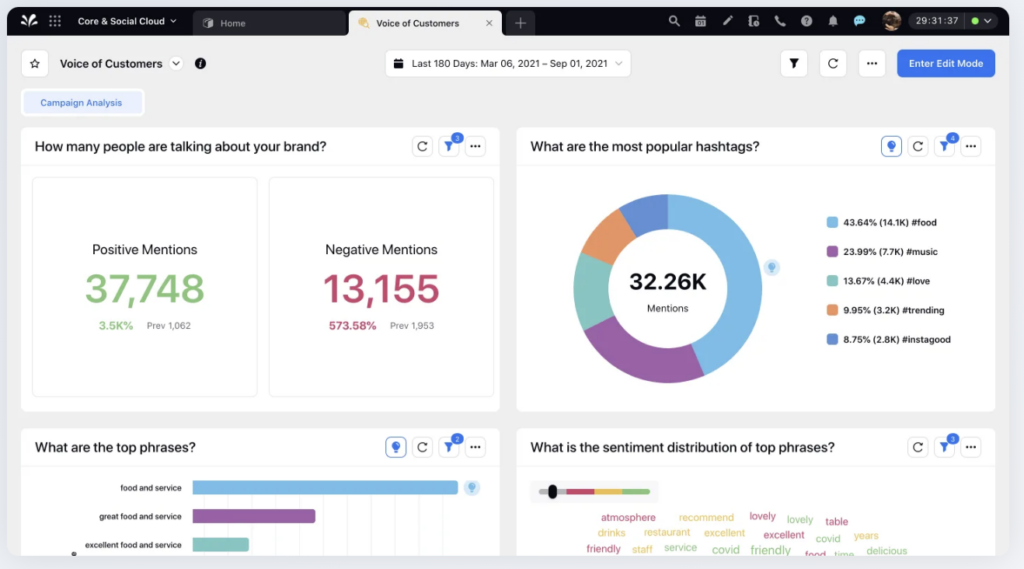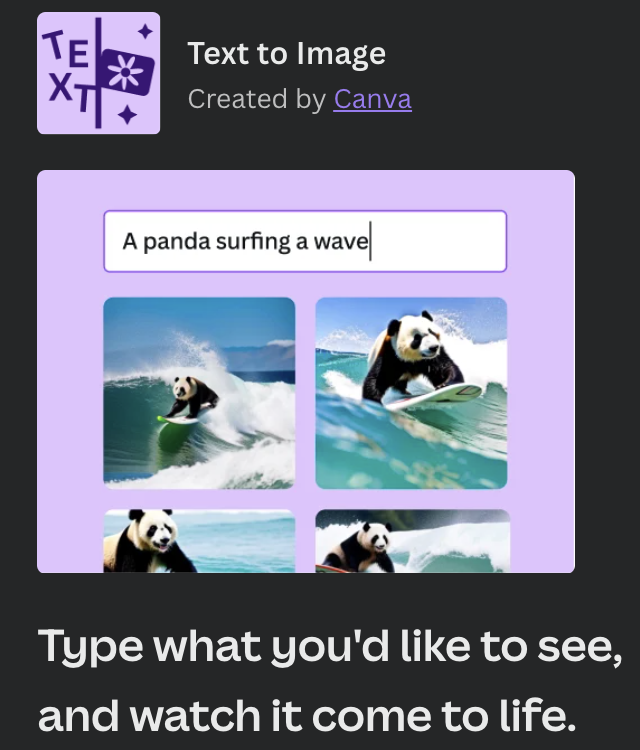How AI Makes Healthcare Social Media Marketing Easier and Faster
// By Wendy Margolin //

In these early days of AI use, it can feel like magic. Naysayers will argue that AI delivers cookie-cutter responses and doesn’t create engaging content. But can it? Read this article to find out.
You’ve likely already experienced this scenario. You sidle up to your computer, scroll to ChatGPT, and type in a prompt: Write three social media posts for [INSERT YOUR AUDIENCE] for [INSERT HEALTHCARE HASHTAG HOLIDAY]. Within seconds, the AI tool types out social media posts, emojis and all.
In these early days of AI use, it can feel like magic. Naysayers will argue that AI delivers cookie-cutter responses and doesn’t create engaging content. It can’t add a human dimension. And it can’t access an organization’s subject matter expertise.
Or can it?
 While the release of ChatGPT and other AI platforms serves up as many questions as answers, one thing is clear: Marketing has irrevocably changed.
While the release of ChatGPT and other AI platforms serves up as many questions as answers, one thing is clear: Marketing has irrevocably changed.
Those who find ways to use AI tools for social media effectively will save time creating and analyzing content. Following is a roundup of the existing tools.
Using AI for Healthcare Social Media Analytics
Data is critical to any robust social media marketing plan. Otherwise, you’re throwing spaghetti at a wall to see what sticks. Social media scheduling platforms like Hootsuite, Later, and Planoly have included analytic reporting features since that data was accessible from the social media channels themselves.
AI is changing the analytics game.
AI algorithms can analyze large swaths of social media data, identify patterns, and provide insights that are difficult to detect manually. Platforms are finding ways to incorporate this data into their software.
1. Sentiment Analysis
AI-powered sentiment analysis tools can analyze social media data to determine the sentiment behind the posts, comments, and messages. This can help businesses understand customer feedback, identify areas for improvement, and take necessary actions.
2. Social Listening
AI takes social listening to an exponentially more powerful level by capturing the voice of customers over millions of comments and conversations. Social listening tool Sprinklr promises to “turn data into action with AI-powered Social Listening from 500 million conversations per day.”

Social listening platform Sprinklr analyzes consumer sentiment of brands, tracking metrics like positive and negative mentions, most popular hashtags, and top phrases.
Tools like this make it faster and easier to make data-driven decisions by seeing what’s working for your healthcare brand and your competitors. They go significantly further than past social listening tools that captured any time your brand name was mentioned.
3. Predictive Analytics
The next step in listening is to make predictions about future customer behavior. Past methods would be to make a best guess and test. Today, with AI-powered predictive analytics tools, healthcare social media marketers can base predictions on massive sums of data.
Using AI for Healthcare Social Media Graphic Design
While most marketers focus on AI’s research and writing capabilities, there are also many ways to use artificial intelligence to design social media graphics.
AI design tools turn text prompts into images. In seconds, they magically translate your imagination into an actual computer design. These tools raise ethical questions about how artists’ work is used without permission to train these models, and they will no doubt affect jobs. But they do make design more accessible to amateur graphic designers.
Dall-E is a language model developed by OpenAI that can generate images from textual descriptions. The tool is still in beta, but it represents a significant breakthrough in AI and has numerous design applications.
Midjourney was released in July 2022, and early adopters are creating sophisticated designs with the platform based on Discord bot commands. Creators are already playing with the tool on social media.

This image, posted on LinkedIn by Keith Thompson, MD, CMO at NuraLogix, was created using Midjourney’s /imagine command.
Adobe is developing new ways to integrate AI into its sophisticated design software, allowing users to design faster. For example, “In Photoshop, Generative AI will let you add new objects to an image, create variations based on your existing image, or even add a new section to your composite just by describing what you want.”
Canva democratized graphic design by making it easy for anyone to create dynamic graphics in seconds for free. Like Dall-E, Canva now features an image generator tool that converts text to images. They recently released “Magic Write,” their own AI copy tool and AI-powered design capabilities.

Even without using the exact images from AI, the tools take design brainstorming to an entirely new level. Users inevitably head down paths that aren’t limited by human imagination. These tools will only grow in popularity and sophistication in the coming years.
Using AI for Healthcare Community Management
AI-powered chatbots have been a part of native social media channels for years in the messaging feature of the platforms. They help healthcare organizations improve response times and reduce customer support costs. They also help with healthcare hiring by immediately responding to queries with application links.
No existing tool will respond to comments directly for a brand, but AI writing tools can help produce language to respond to tricky patient requests or complaints.
Using AI for Healthcare Social Media Captions
AI writing tools like Jasper and ChatGPT excel at formulaic writing, making generic social media captions for healthcare hashtag holidays easy. ChatGPT formats them with spacing and emojis, making content scannable and engaging. The captions require human input to customize the content, though. Relying solely on these tools would result in cookie-cutter content that doesn’t help your target audience.
The tools also aren’t generated from the latest information online. This is fine when developing evergreen content but problematic if you’re writing about a recent outbreak, policy, or innovation.
A better way to use AI for writing original captions is to prompt the tools to pull social media captions from an actual blog post. This will ensure your content is original and showcases your subject matter expertise.
AI-powered content creation tools use Natural Language Processing (NLP) to analyze blog posts and understand the content. NLP algorithms can identify keywords, phrases, and topics, which it uses to generate new content.
AI for Social Media Marketing Is Here to Stay
AI can help healthcare organizations create effective, efficient social media content. It frees up more time to focus on other time-consuming tasks and helps every social media marketer avoid paralysis from the dreaded blank page.
These tools are becoming increasingly popular as they enable organizations to automate tasks, save time and resources, and make data-driven decisions. Every healthcare marketing team needs to leverage these tools to stay ahead of the competition and continue building a solid social media presence.
As owner of Sparkr Marketing, Wendy Margolin helps busy healthcare marketing communications teams create more content. She’s on a mission to build a better medical web, one article at a time. Her favorite form of content is hospital brand journalism, which ties together her 20-year career in journalism, marketing, and healthcare.
